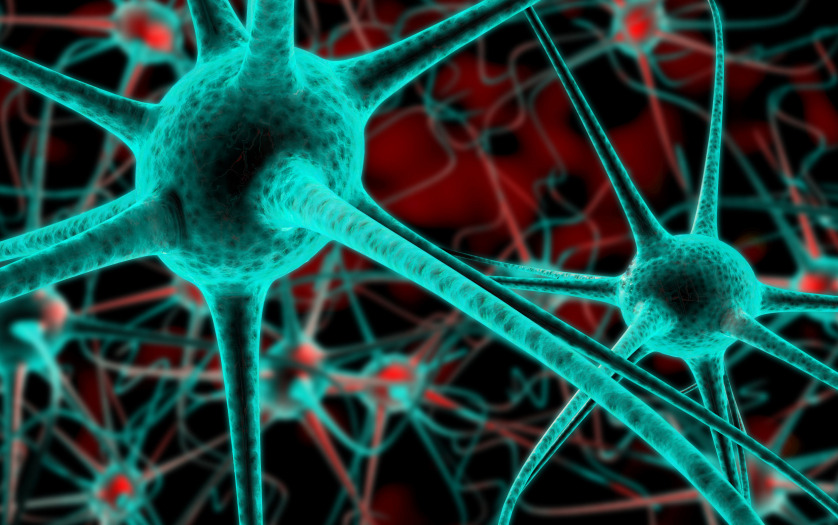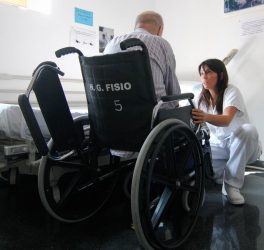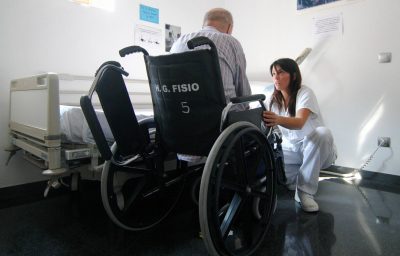
Yale scientists have discovered an underlying mechanism for Fragile X syndrome – a leading cause of autism and the primary genetic driver of intellectual disability – as well as a drug that reversed the underlying abnormality and autism-like behaviors in mice. Their research appears in the Sept. 3 edition of the journal Cell.
Fragile X, a genetic disorder linked to the X chromosome, leads to learning disabilities, cognitive impairment, and many features of autism, including social difficulties. Approximately one in 7,000 males and one in 11,000 females have the syndrome, according to the Centers for Disease Control and Prevention. Fragile X typically becomes evident in children by age 2.
The new Yale study deepens basic understanding of the syndrome and demonstrates early promise for a previously unexplored avenue for treatment.
In the study, led by Dr. Elizabeth Ann Jonas, professor of internal medicine (endocrinology) and neuroscience, researchers focused on a protein called adenosine triphosphate synthase, which is present in nearly all cells in the body. It uses energy from food to generate adenosine triphosphate (ATP), a molecule that is a major energy source for cells.
In Fragile X syndrome, cells’ ATP-making function is abnormal, Jonas’ team found. Specifically, the cells’ mitochondria — which process fuel to make ATP — have a leaky inner membrane.
“This leaky membrane is making the process of ATP production inefficient,” said Jonas, who studies synapses, the junctions that help pass messages between the brain cells known as neurons. “In Fragile X neurons, the synapses fail to mature during development. The synapses remain in an immature state and this seems to be related to their immature metabolism.”
When a leak in the cell’s mitochondria short-circuits efficient functioning of the synapse, memory, learning and typical brain development are all compromised, Jonas said.
As part of the study, the Yale researchers tested a drug on mouse models with Fragile X to see if it would close the leaks and improve brain function. They found that Dexpramipexole, an ATP synthase modulator previously tested as a treatment for ALS, reversed two autistic-like behaviors in mice with Fragile X: excessive grooming and compulsive shredding of their nests.








